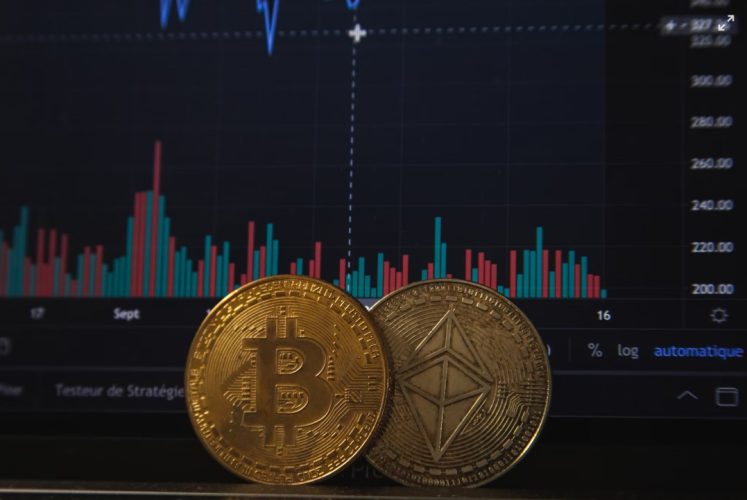The US is dealing with a national debt of almost $37 trillion, which has significantly downgraded its credit rating. Traders and investors feared that the US reputation could impact global markets and drag down cryptocurrency prices. Despite these fears, Bitcoin recovered faster than expected and is now approaching the $105,000 mark again.

Trying to make the best of the uncertainty, many traders are hunting for the next valuable investment to counteract the losses they have to deal with during fluctuations. In the course of this search, investors have discovered promising new crypto to buy that, according to reputable exchanges, offers high liquidity. On-chain growth in active addresses and transaction volumes reduces trading effort and indicates real adoption.
On Friday, the 16th of March, Moody’s cut the United States’ top credit rating from Aaa to Aa1. This was due to growing national debt and the higher interest costs. Moody’s expects the federal debt to rise from 98% of GDP in the previous year to roughly 134% by 2035. At the same time, the annual deficit could climb from 6.4% of GDP in 2024 to nearly 9% by 2035. Rising interest costs, expanding entitlement programs, and lower tax revenues are contributing to these estimations. Despite the downgrade, Moody’s outlook on the US is stable. According to Trading Economics, S&P rates the US at AA+ with a stable outlook, while DBRS still lists the U.S. at AAA.
Investors, sovereign wealth funds, and pension funds rely on these ratings and use them to assess America’s creditworthiness. As has been shown, changes in these ratings can affect the country’s borrowing costs and thus the crypto market. The downgrading of the United States’ sovereign credit rating injected fresh uncertainty into markets and impacted Bitcoin. The downgrade, which was due to rising government debt and fiscal challenges, triggered a broad sell-off in fixed income and equities globally, prompting investors to seek safe-haven assets.
From 2017 to 2021, new national debt grew by $7.8 trillion under President Trump. His successor, Joe Biden, added another $8.4 trillion from 2021 to 2025. Due to the downgrade by Moody’s, interest rates on new US Treasuries could rise. However, it is unlikely to be particularly expensive because banks treat Aaa and Aa1 ratings equally. For large investors, the assessment of US securities, therefore, remains unchanged. In the long term, the growing US debt could even strengthen Bitcoin and other cryptocurrencies. If the Federal Reserve loosens monetary policy to lower interest rates, riskier assets in particular could benefit.
This is now also evident in the crypto market. After the initial shock of the downgrade, the market recovered surprisingly soon. Although Bitcoin initially dipped below $103,000 on May 19, confident traders used the low to buy more. As traders anticipated a market recovery, volume surged once global risk sentiment stabilized. According to CoinDesk, already one day later, on May 20, Bitcoin had recovered and risen up to $106.810,76. Altcoins, Ethereum, and Solana also posted slight gains.
Despite the credit drop, data shows that trading actions still have the most impact on the crypto market. The number of active accounts and transactions stayed stable, and the network fees even saw a slight rise. This is a sign that traders are increasingly investing in digital assets to counteract the expected inflation.
Investors have reason for hope. CoinDesk has found a correlation between Bitcoin fluctuations and US stocks, which fell below 0.3 in April, according to CNBC. According to the data, the crypto market is increasingly isolating itself and moving toward greater independence. If this trend continues, the crypto market could become more independent of the decisions of the US Federal Reserve in the future.
